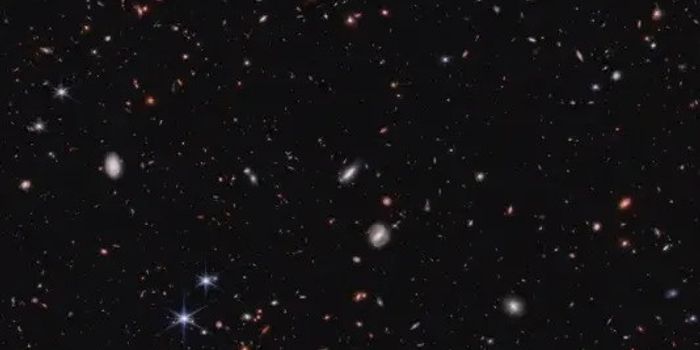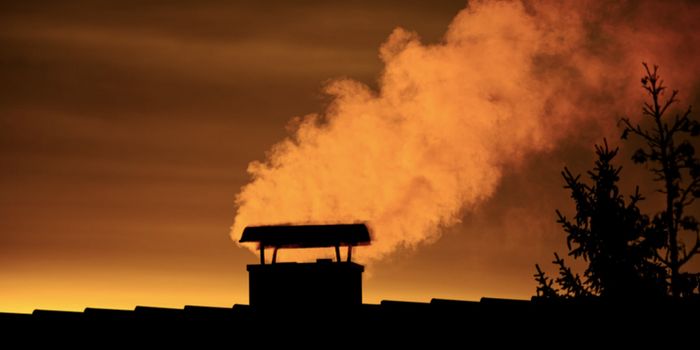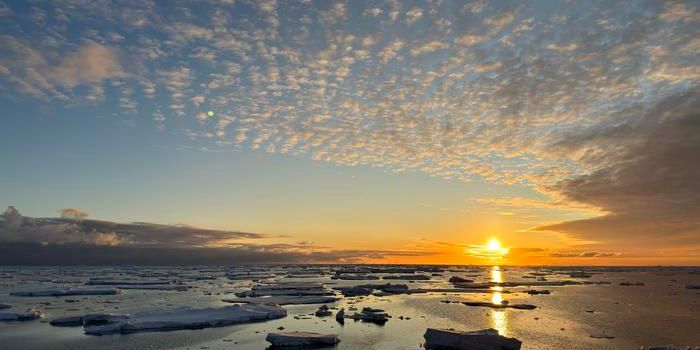Strategies for Carbon Sequestration in the Face of Deforestation
Carbon sequestration refers to the capture and storage of carbon that exists in (or would have been emitted to) the atmosphere. Increasing the sequestration of CO2 in oceanic, terrestrial, and geologic features is an important strategy for reducing climate change and its effects, which is caused by increased amounts of atmospheric CO2 in the atmosphere.
Terrestrial forms of carbon sequestration include forest and soil carbon sequestration. Establishing new forests, wetlands and wetlands — or restoring existing ones — are popular ways of implementing carbon sequestration. This fact is in contrast to the reality of urban growth — as cities grow and metropolitan areas expand, they often impact existing forests and croplands through deforestation.
A new metric from researchers at Aalto University calculates the impact of urban growth on carbon storage, weighing the costs of carbon sink losses against carbon storage techniques such as soil carbon sequestration, wooden construction and the use of fast-growing plants.
The study’s authors call the new metric the “carbon storage (CS) factor.” Using the CS-Factor, the researchers found that the use of certain wooden construction strategies in Finland’s capital region of Uusimaa could help to preserve the carbon storage capacity of previously forested areas. They studied other regions around the globe as well and found the potential for similar results in Europe, Asia and Oceania — other regions where forests experience positive annual net growth.
The researchers note that they are not promoting urban growth into forested areas, but rather, providing a tool to mitigate negative effects for the cases in which deforestation due to urban development can’t be avoided. Additionally, the CS-Factor only measures carbon storage, and does not account for the other ecosystem services that accompany forested areas.
"Our goal isn't to encourage cities to expand into new areas but to provide planners with tools to mitigate the impact of development on carbon storage when forest clearing is unavoidable," says Seppo Junnila, who led the study. “We hope planners will adopt this mindset and use the CS-Factor to help them plan sustainable urban growth.”
Sources: USGS, Phys.org, Environmental Research Letters








